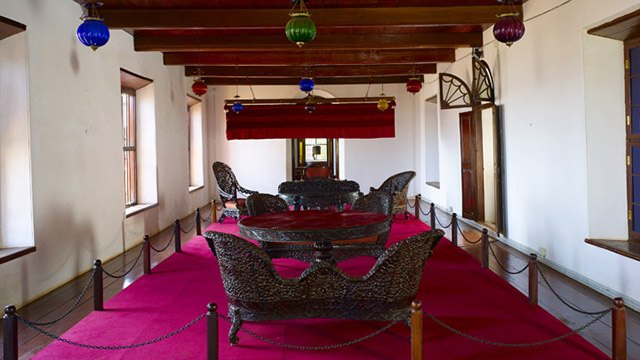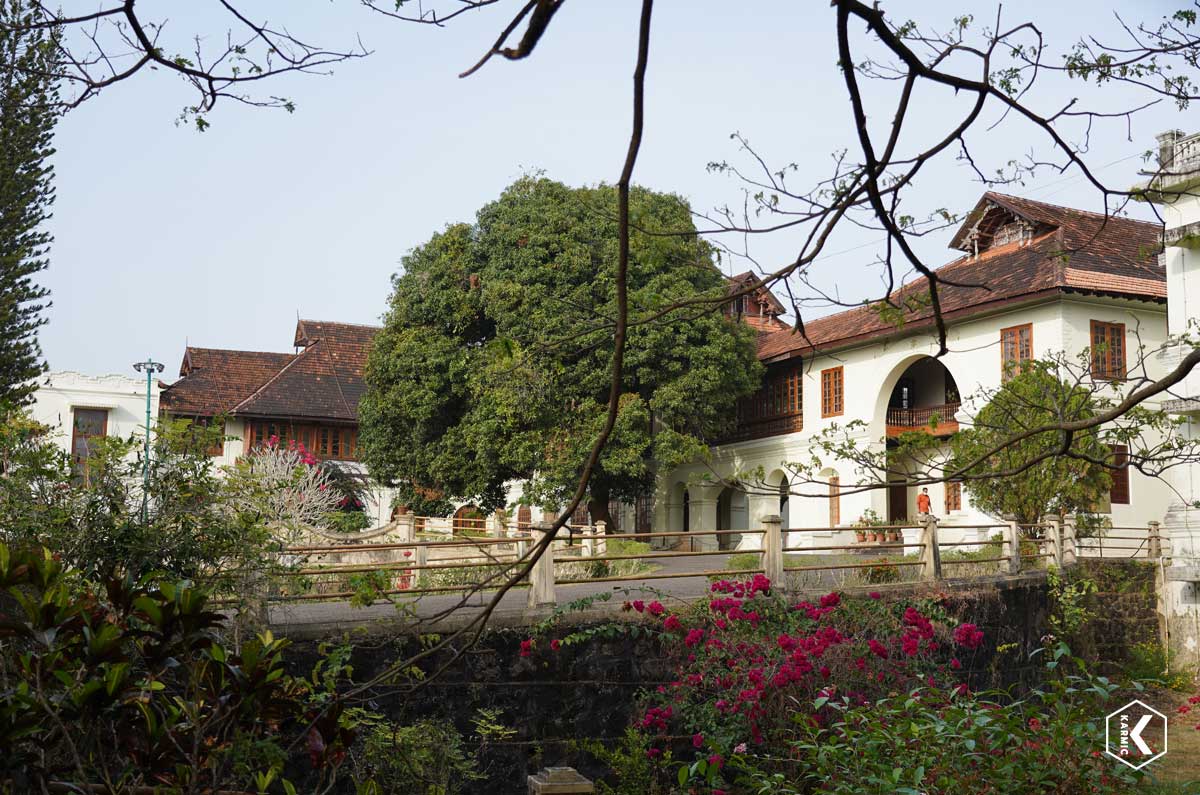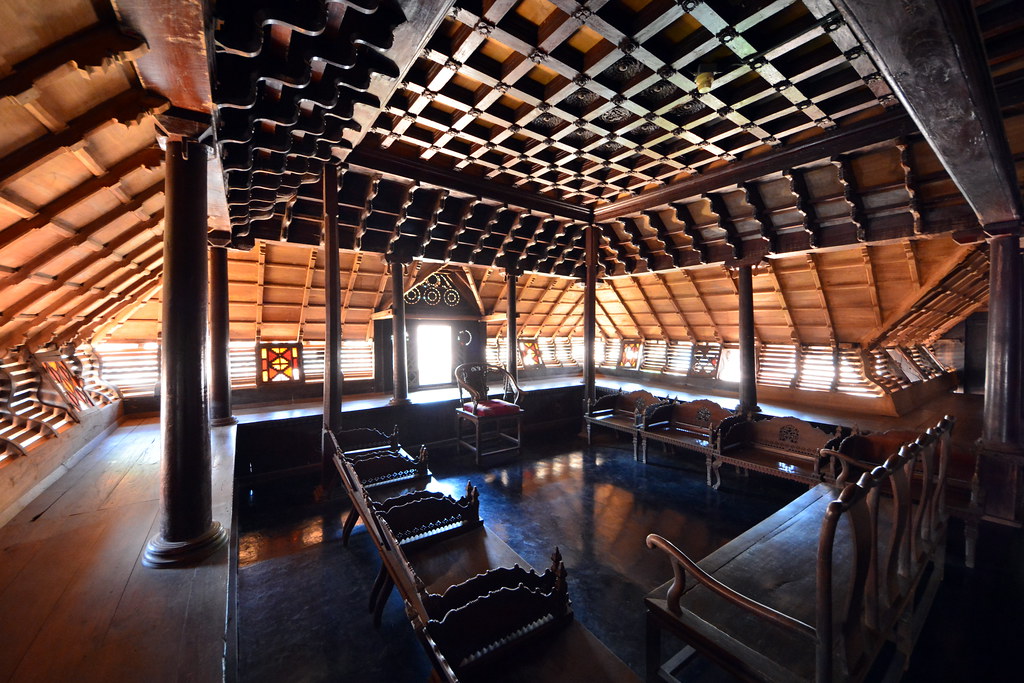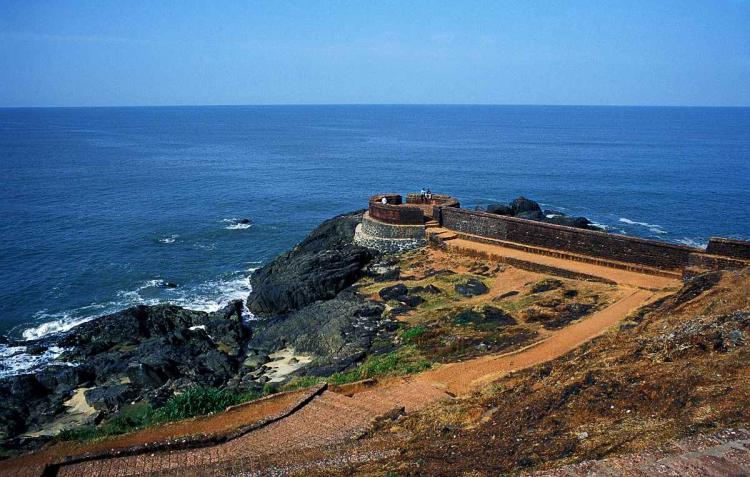Arakkal Kettu
Home Arakkal Kettu Arakkal Kettu was the palace of the erstwhile Arakkal Ali Rajas, the only Muslim royal family of Kerala. The palace is situated opposite the Ayikkara Moplah Bay, about three kilometres from Kannur town.The palace complex of Arakkal kettu comprises many independent units around a large open courtyard. It includes mosques and a building which was once used as an administrative office. Arakkal kettu is built of laterite blocks and wood; the intricate woodwork on most of the houses in the palace complex is striking. The palace, which has long verandahs in the front, has a distinctive look that speaks of a combination of local architecture with a colonial style. The main palace building is two-storied and the upper floor has large halls with wooden floors. The double shuttered windows of the palace have coloured glass panes that look lovely when they catch the light. One of the blocks is considered sacred and a lamp is always kept lit there. Such lamps, used by the Hindu community of Kerala as well are called Kedavilakku. A cot and a chair are also kept at this block.



